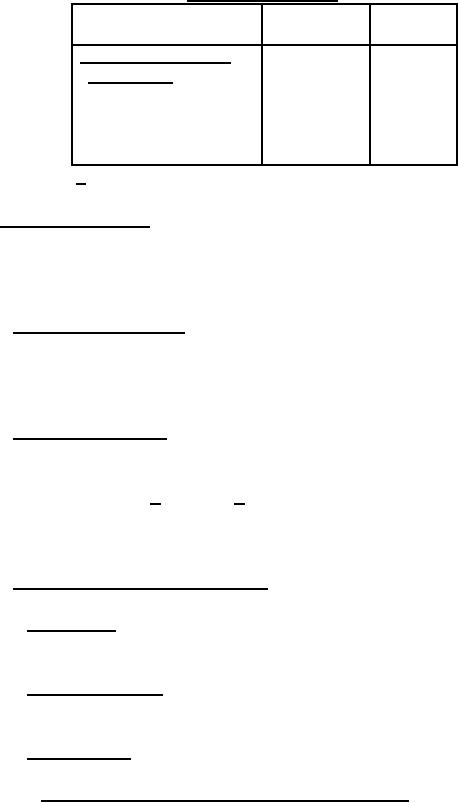
MIL-DTL-62737A(AT)
TABLE X. Verification methods - Continued.
Verifica-
Title
Requirement
tion
Operating environment
3.6
4.2.6
requirements:
Temperature
3.6.1
4.2.6.1
Fungus
3.6.2
4.2.6.2
Shock
3.6.3
4.2.6.3
Vibration
3.6.4
4.2.6.4
1/ Not required unless specified (see 6.2).
4.2 Verification methods. Acceptable verification methods included in this section are
visual inspection, and measurement, sample tests, full-scale demonstration tests, simulation,
modeling, engineering evaluation, component properties analysis, and similarity to previously-
approved or previously-qualified designs.
4.2.1 Verification alternatives. The manufacturer may propose alternative test methods,
techniques, or equipment, including the application of statistical process control, tool control, or
cost effective sampling procedures to verify performance. See the contract for alternatives that
replace verification methods required by this specification.
4.2.2 Inspection conditions. Unless otherwise specified herein, all inspections shall be
performed under the following standard (room) ambient conditions:
a. Temperature: 77 + 18°F (25 + 8°C).
b. Relative humidity: Uncontrolled room ambient.
c. Atmospheric pressure: Site pressure.
4.2.3 Operating requirements verification.
4.2.3.1 Input power. To determine conformance to 3.3.1, the input current shall be
measured with an ammeter.
4.2.3.2 CMOS logic levels. To determine conformance to 3.3.2, the input and output
CMOS logic levels shall be observed and verified with an oscilloscope.
4.2.3.3 Input isolation.
4.2.3.3.1 EF1/ - EF4/, INTERRUPT/, and CLEAR/ isolation. To determine conformance
to 3.3.3.1, the following procedures shall be performed:
14
For Parts Inquires submit RFQ to Parts Hangar, Inc.
© Copyright 2015 Integrated Publishing, Inc.
A Service Disabled Veteran Owned Small Business